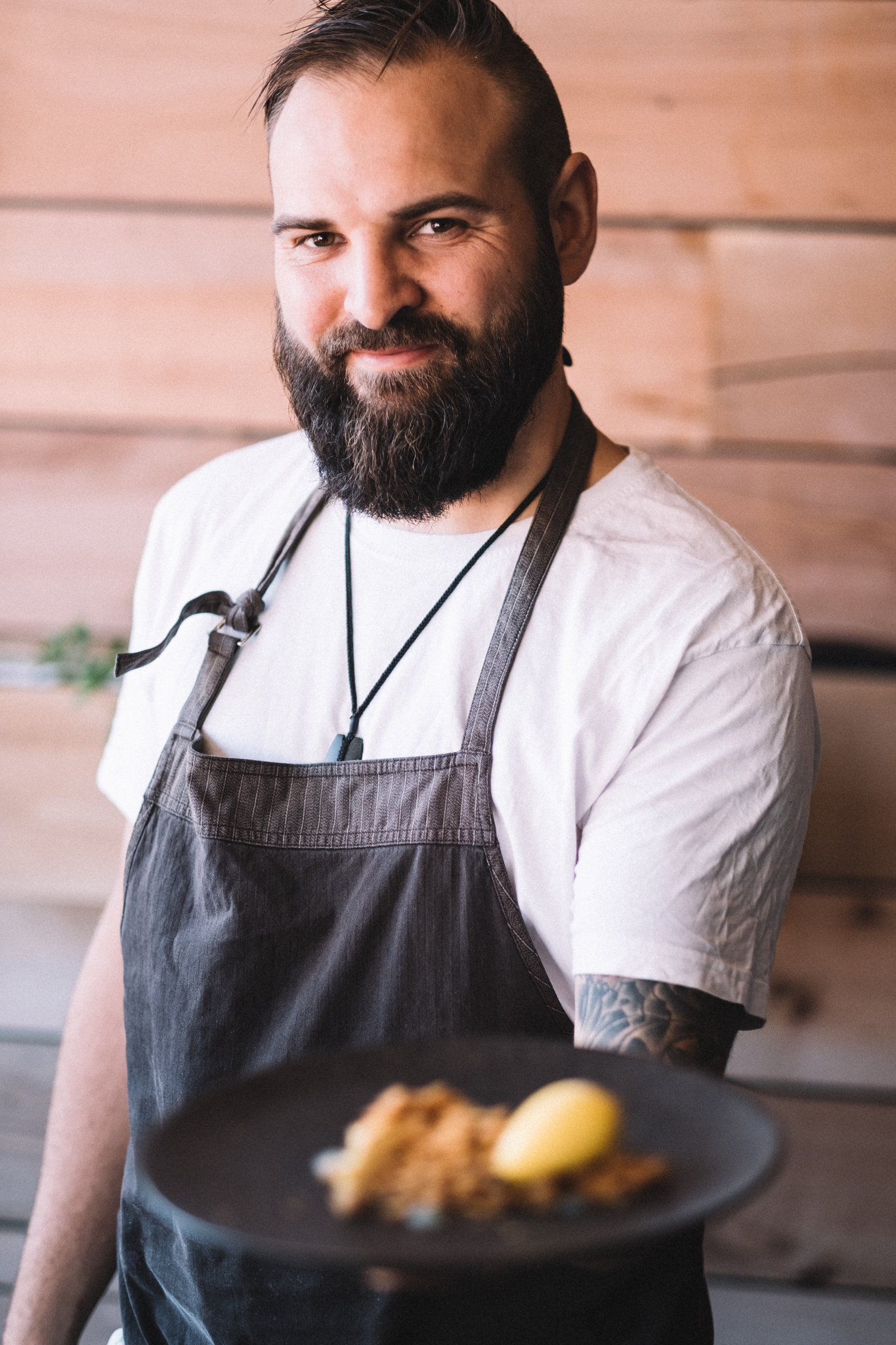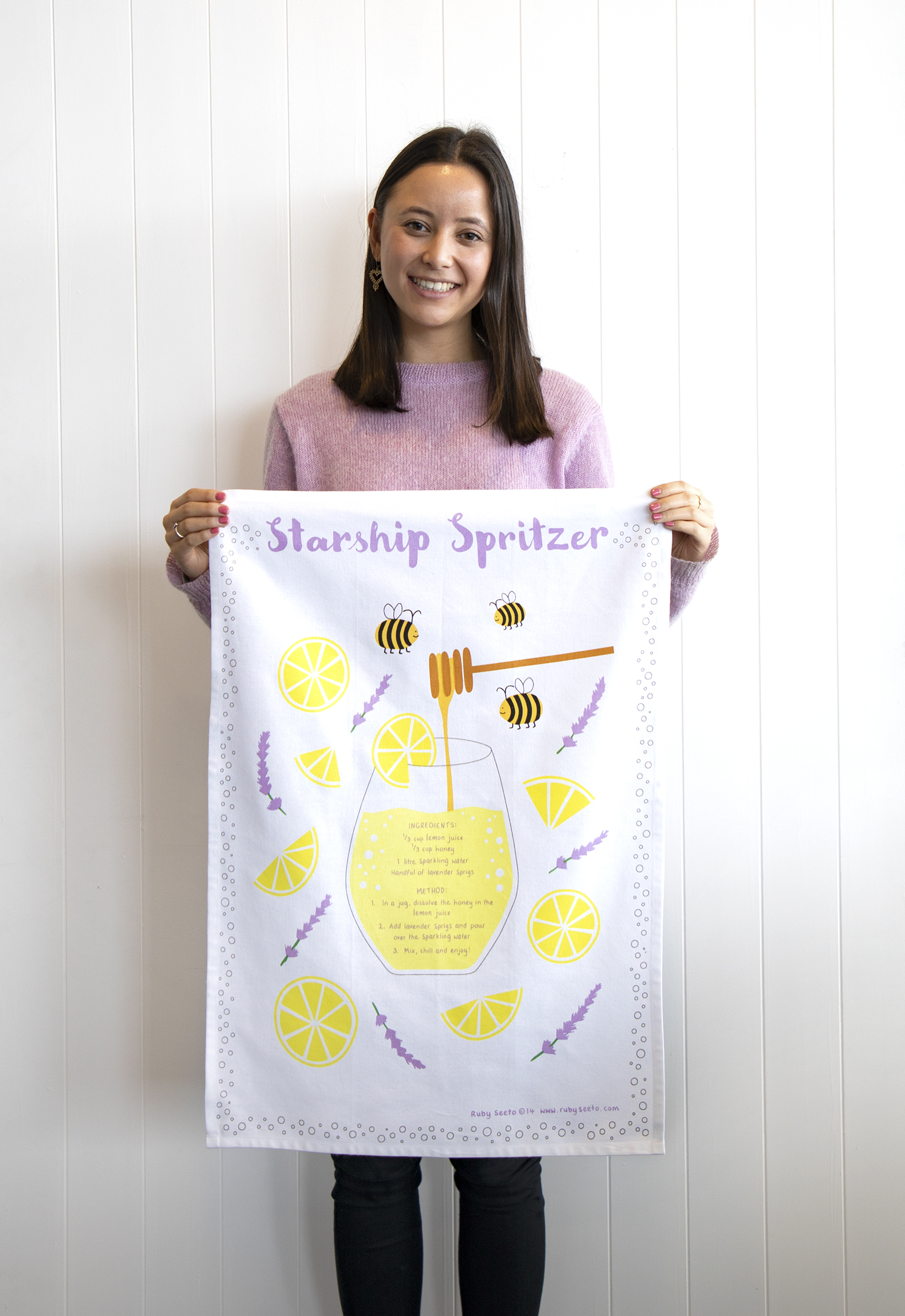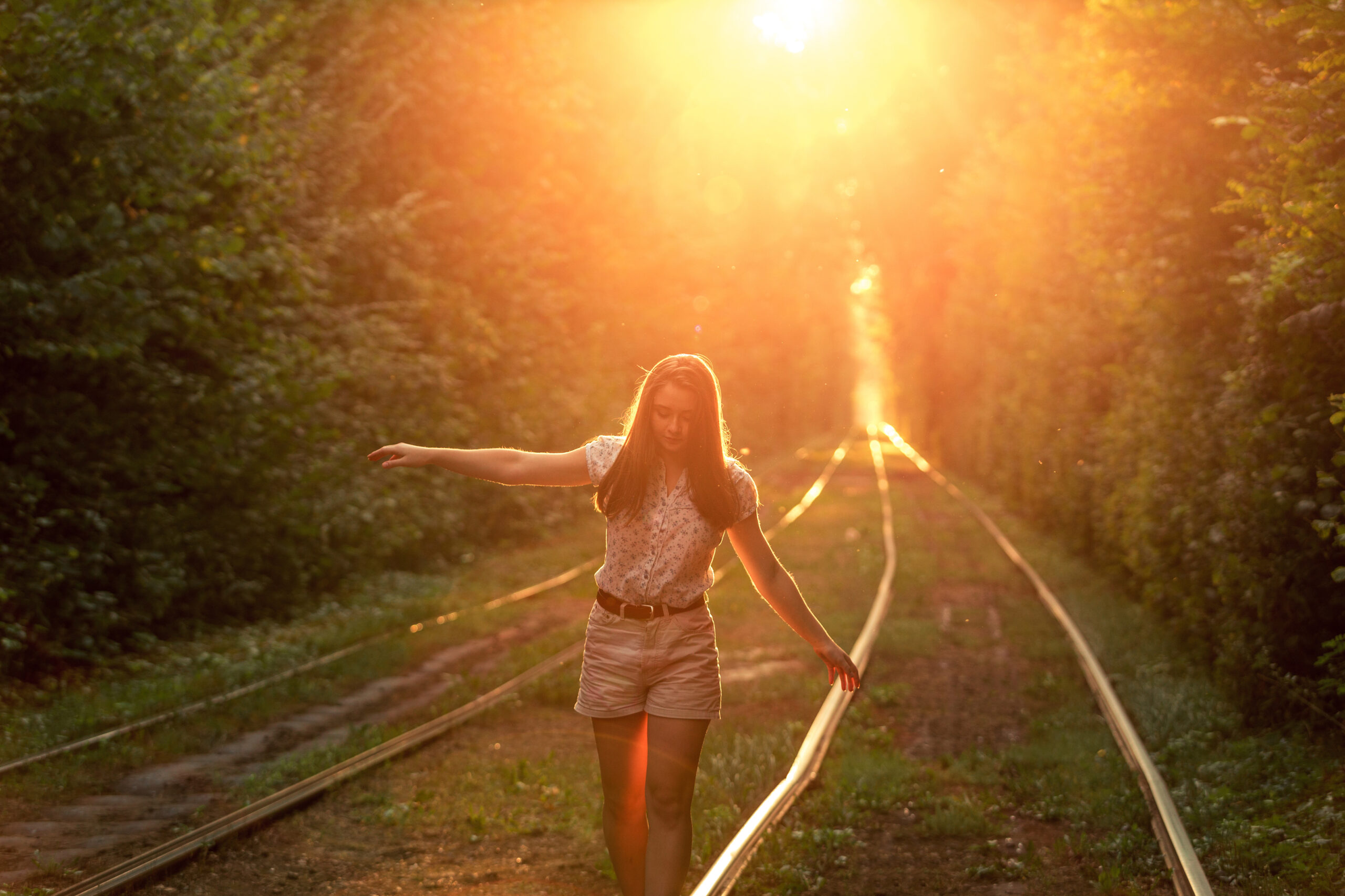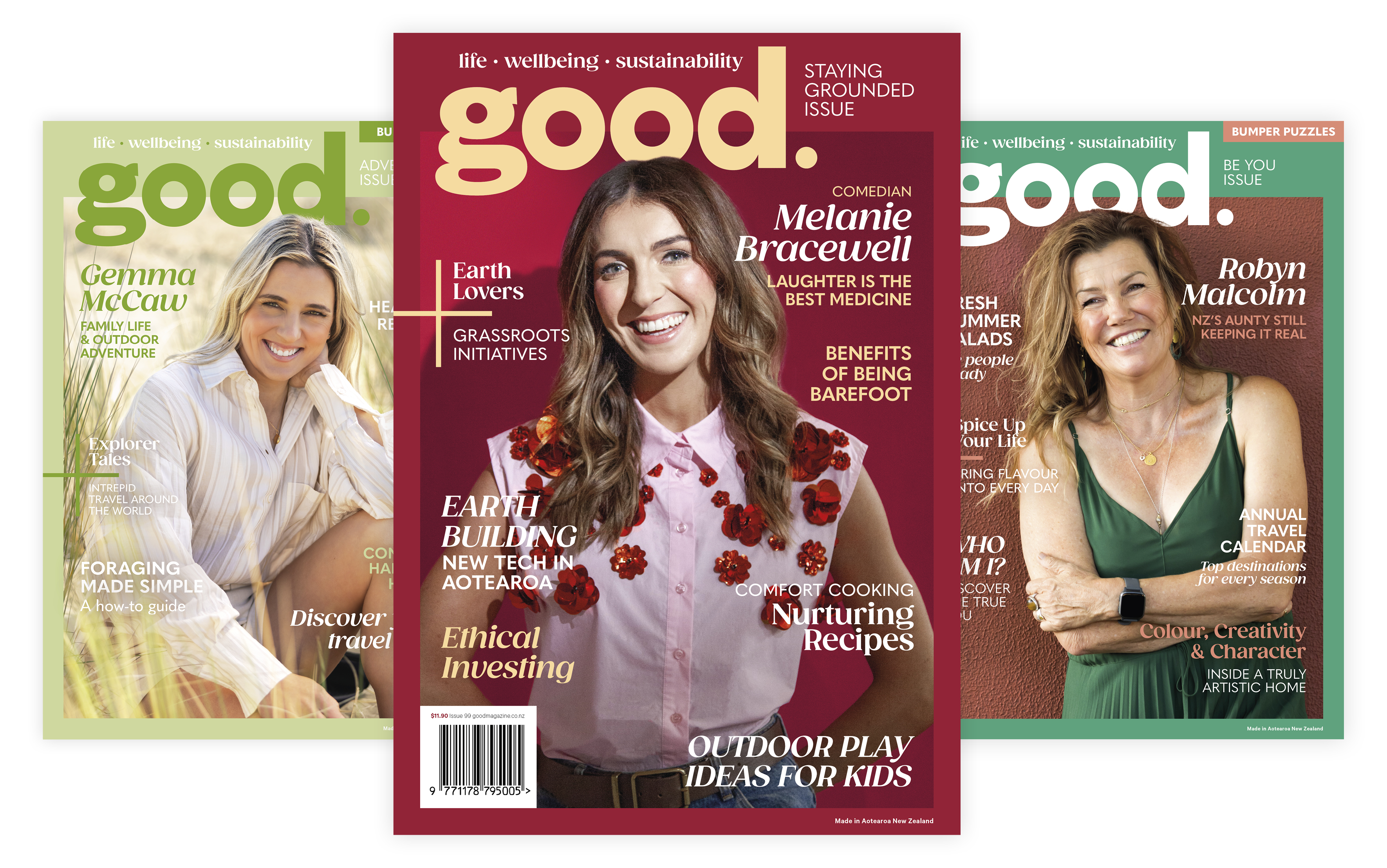Collectively, we humans are a resilient bunch. Resilience is a necessity, a superpower that each of us can tap into given the right approach.
In most cases, when challenges present themselves, we’re good at rising to the occasion and pushing through. It’s when that challenge becomes an endurance event – such as waiting months for an insurance assessment or being displaced and living out of a suitcase – that it can be very wearying on our spirit, if we allow it.
Learning ways to strengthen our resilience can enable us to thrive, despite our circumstances, explains resilience specialist and peak-performance psychologist Dr Alia Bojilova, author of The Resilience Toolkit: A proven four-step process to unlock your true potential. In her book she shares her knowledge for how to build broader and stronger resilience, irrespective of your baseline.
“I don’t know whether there has been a time in history when resilience hasn’t been important, but if we’re honest, we’ve had an onslaught of change, ambiguity and unpredictability, the likes of which the world hasn’t seen before, at least at a level that involves all of us,” says Bojilova. “The flow-on consequences of Covid are going to be something that we manage and experience for much longer than we’ve anticipated. For the first time, so many of us were leveled by exactly the same challenge at the same time, but how that challenge found us deepens the opportunity for resilience even further.”
Additionally, environmental concerns, climate change, the economic crisis, social media impact, all of that sort of stuff “is white noise that constantly eats away at us”, she explains.
“When we have so much white noise and doom and gloom around us, resilience presents an opportunity to rediscover that discipline of knowing what’s important to focus on and finding as many ways as possible to influence your life for the better.”

What is resilience
According to Bojilova, resilience is the ability to grow and learn from every exposure.
“Historically, we’ve seen resilience to be something like grit, which is ‘can you handle pressure?’ But it’s far more than that. It’s also more than bouncing back to what we used to be or what we used to know, because all that gives us is an opportunity for recovery. Resilience in the way we need to view it these days is one that affords a much wider scope for us to learn from every one of our experiences and to see ourselves stronger, broader, richer for positive or negative experiences that we have had,” she explains.
Resilience today
Our bodies, our minds, are designed for survival, and when we are presented with the acute, the vast majority of us have a way of finding a useful surviving mechanism, at least for a while.
“Surviving isn’t necessarily resilience, though. Thriving is,” says Bojilova. “So, the ability to grow from that and actually deliver something better than what the occasion proposed to you, that’s what resilience is about. Most of us aren’t dealing with confronting sudden shocks. Resilience tends to be depleted far more by the daily grind, and as I like to call it, the little pebble
in your shoe that eats away at you and grinds at your strength, as opposed to the big loud things that come and get your attention.
“We’re wired for the big stuff, but the small things that eat away at us are the things that usually take away the most over time. And so, I think to build and fortify resilience in the way that matters to most of us these days, what we really have to be paying attention to is how do we engage in the micro moments of our day and how deeply connected we remain with what matters most to us, no matter what challenges present in our days.”
How to build resilience
Resilience is such a multi-dimensional thing and it’s so subjective that it’s easy to assume some of it is innate. What’s far more important, says Bojilova, is much of it is developable. Some of the traits that we have may feel contrary to resilience, but if we understand the wider scope within which we can engage with our environment and ourselves, those traits can become an extraordinary enabler for it. For example, individuals who see themselves as being more emotive or perceive themselves as more sensitive, may think that this is a vulnerability or weakness. But in fact, these may come with much greater ability to understand the world around you – deeper interpersonal curiosity. “If you can contain for a moment, the possibility that any trait we have is useful and can become an enabler for resilience, then resilience is ultimately incredibly developable. And that is the more important part as opposed to being a fixed trait,” she says.
Being curious
The most important building block of building resilience in Bojilova’s opinion is curiosity, which is a foundation building block of her four-step ABCD process that she teaches (click here to read more about the four-step process).
Pause to be curious about what’s possible, to be curious about understanding yourself and what sits around you, and then find, through that ABCD process, as many ways as possible in which micro moments and little adjustments can help create a far greater and better experience for you.
“How we feel isn’t who we are, but often we allow heavy emotions in the moment to become who we become.
“Feelings in the moment become our trait and our traits become our personality and suddenly we see ourselves becoming grumpy and disempowered, but we do have a
choice and I think if we pause and be curious a whole heap more often and allow ourselves the opportunity to recognise that everything we encounter comes with choice, then we empower ourselves to make those choices,” she says.

Practising resilience
Every situation presents an opportunity to build and broaden your resilience, even the morning commute. It’s the chance to examine your own reactions and look to find better ways in which you can engage with anything that is in front of you on a daily basis and a really powerful starting point.
On your commute, observe your reaction to delays that you didn’t anticipate, or seeing your physiological and emotional response to the journey there. Or notice yourself stuck in a dynamic in work relationships that is suboptimal and test the opportunity to see whether you can be better, do better, sit better in that context.
“Those small little moments are really powerful – they show us that even the things that we think are just what they are, outside of our control, can be influenced by the way in which we relate to them,” she says. “Start with the things that you think are immovable, that are the part of the daily grind. What would happen if you change your attitude towards these?
What would happen if you engage with them slightly differently?”
Bojilova admits she used to have horrible reactions to her Auckland commute. She’d constantly anticipate that she was going to be late and there’d be horrible consequences.
Using her resilience toolkit she began ‘choosing’ that her commute time was time for her to observe, to relax, to go the opposite way of what she anticipated. “I accepted that I had to give myself a buffer in that all of the things that are outside of my control are just that. They are completely outside of my control. I came to a place where I started playing the gratitude game… I experimented for a little while just because it was the most stressful part of my day and it felt incredibly wasteful for it to be the case. It has actually created an experience of it being almost a sacred time for me to reflect on things that matter.”
Subsequently, she has had some of her most powerful ‘aha’ moments on her commute.
“It’s choosing that you can still select how you are going to experience your life, even if you feel stuck in something.”
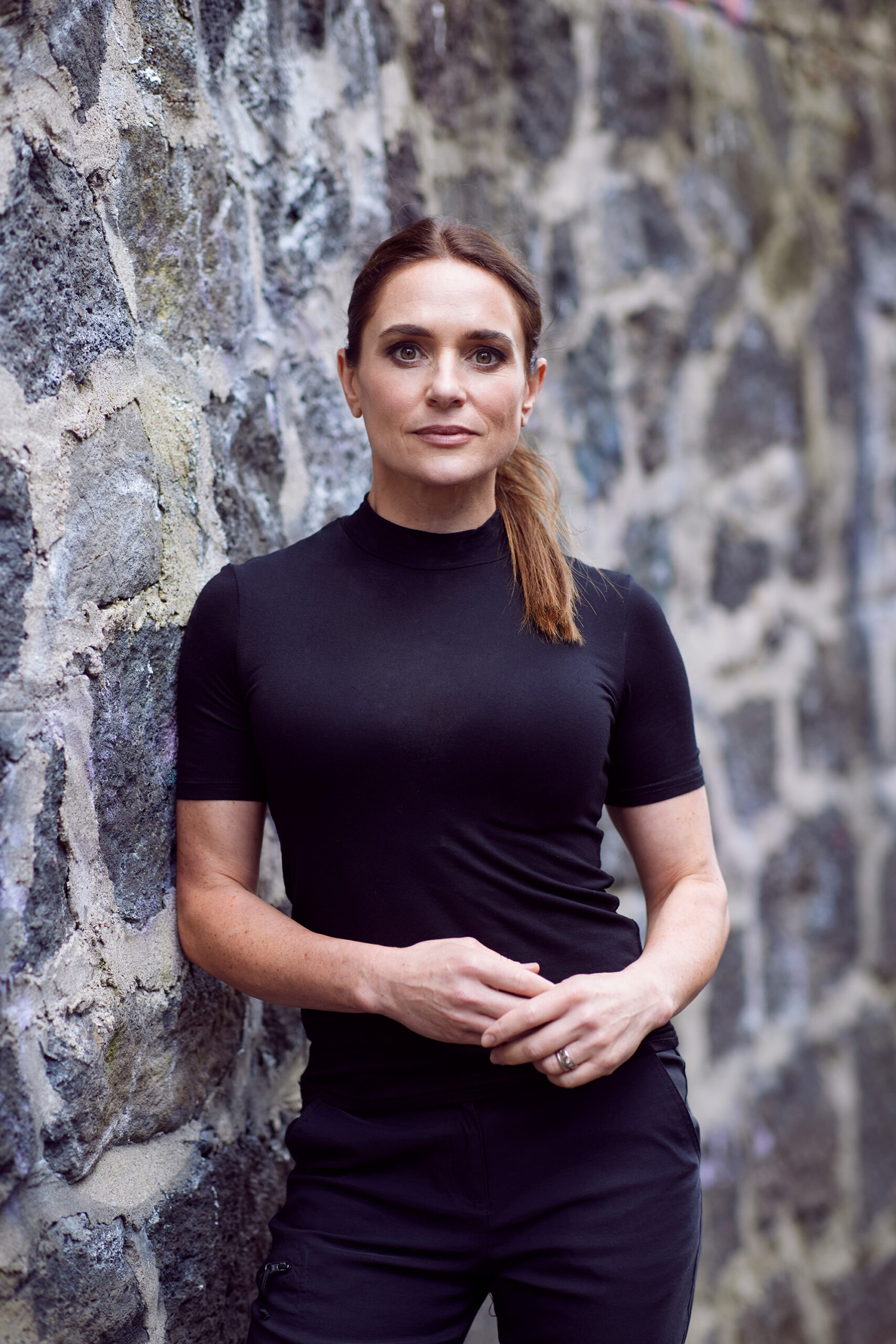
Dr Alia Bojilova
As far as work resumés go, Dr Alia Bojilova’s is headline-grabbing. During her service with the New Zealand Defence Force she worked as lead psychologist and officer with the SAS, and while serving as a UN military observer in Syria, she negotiated her release and that of her team after being taken hostage by militia members. Since that time, she has also worked with Olympic athletes and entrepreneurs.
As a registered psychologist who specialises in resilience, she’s worked on some interesting projects including TV3 survival adventure series, Tracked.
She’s also the onscreen psychologist on a global TV series that puts people in extreme conditions to unpick how humans can interact with really complex challenges within themselves and the environment so that they can find themselves in a better place than when they arrived. “What I love about the opportunity is that they are very focused on ‘what will we do with this?’, how can the contestants themselves find it within themselves to grow a deeper, broader scope of resilience, and what can the viewers learn from it?”
Growing up in Bulgaria, she was introduced to resilience at an early age by her godmum who gave her to some books – stories of humans interacting with complex challenges in their lives and the choices that they made. “That created really early on that question of how you feel about things, how you think about things and how you interact with challenges is
very much a choice. It’s not a given. You don’t have to suffer. You don’t have to struggle or even if you do, there is learning to be gained.”
Bojilova immigrated to New Zealand age 17, leaving behind an unsettled country. After studying psychology at the University of Canterbury, she joined the New Zealand Defence Force as
a way to give back to New Zealand. Early on she was assigned service with the SAS, becoming a team psychologist. This experience and her lifelong enquiry into resilience led her to write her book, The Resilience Toolkit.
Through the journey of her service with the SAS, she was privy to extraordinary stories and depth of awareness of what resilience is and how it works. Many of her former colleagues have since passed and it became very important to Bojilova to share these great stories in some way. “I’m excited that we have an opportunity to continue for them to live in some form.”
Her experience as a hostage in Syria was humbling as well as empowering, and she discovered that if you engage differently, with a sense of curiosity and openness to the possibilities, you can co-create so many more positive outcomes, she explains.
Just before they were released, and she still doesn’t know if this was intentional or accidental, their captors pointed at the word humility in the English dictionary. “I don’t know which one of us they thought was displaying humility or whether they thought that they were displaying humility towards us, but that stayed. It helped us appreciate that given the opportunity, we can build common ground with others. And if we can do that in an acute situation, then we can do that every day,” she says.
“I hope everyone who reads this book finds the little gem that they need right now and for the future, so that they see themselves stronger, better, and better able to fulfill the mission that they have set themselves.”

Tool: Practice calm inside the seconds
When you are experiencing or preparing to confront a challenge, it is important to focus on first ‘being’ rather than ‘doing’. This demands you find ways to be thoughtfully contemplative rather than emotionally reactive. Getting control of your thoughts and emotions can have a direct impact on your quality of life. It can change the way you interact with the world around you. The easiest and most effective way to regain calm is through your breath. Here’s a simple exercise that you can do every day.
- Select or create a calm environment.
- In this environment, take a deep breath into your stomach. Breathe out. Repeat 10 times.
- Take note whether there is any difference in your state after taking these breaths.
- Repeat this exercise when your stress level is slightly elevated. To do this, try raising your pulse rate by running up some stairs or jogging on the spot for a few minutes. Again, note any changes to your state before and after taking breaths.
- Repeat the exercise when you are in a more emotionally uncomfortable situation. Be vulnerable. Speak from the heart. Be truthful. Say the things that are real for you. When you do this, notice your state. Pause, then take 10 breaths. Notice what happens to your state. Practise getting your breathing right when both physical and emotional consequences are on the line.
Taking control of your physical and emotional state through something as simple as your breath helps you learn how your mind and body work. The things that challenge your resilience are seldom something you can plan for. While you cannot control everything that happens in your life, you can influence your experience of it and how you engage with it. Breathing is the easiest, most essential and impactful way to gain calm in the seconds. Conditioning this awareness allows you to condition access to your resilience.
The Resilience Toolkit by Dr Alia Bojilova, (HarperCollins), $38.


